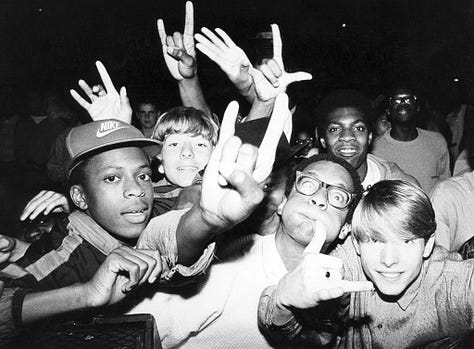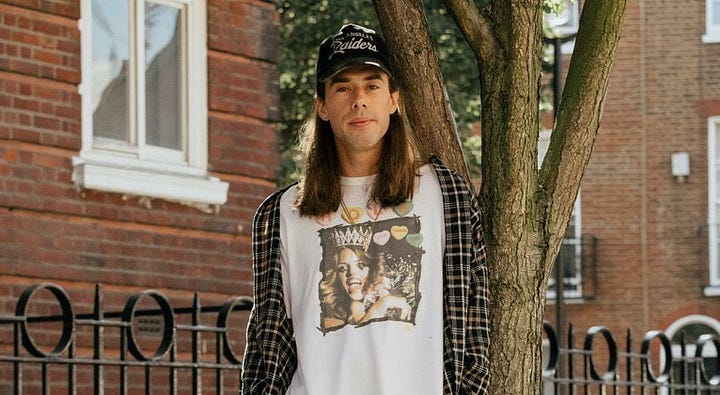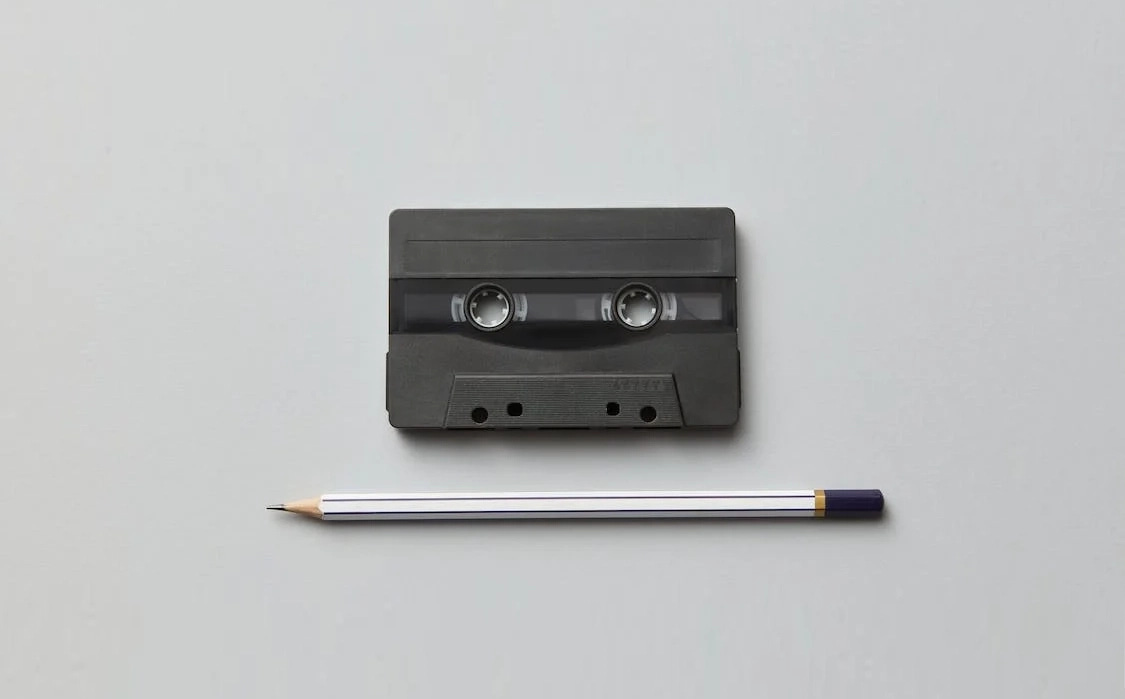In an age where the past and present intertwine more seamlessly than ever, the concept of nostalgia takes on new dimensions. “Nostalgia isn't what it used to be” is not just a snarky remark but an observation of how our longing for the past shapes, and is shaped by, the evolving cultural and commercial landscape.
This article explores the role of nostalgia in brand heritage and counter-culture, understanding its power to connect and its potential to alienate when not navigated thoughtfully.
Between Generations
Whenever I travel and see younger generations expressing themselves in a myriad of ways both physically and digitally, challenging the conventions of their era, it often brings a smile to my face as it reminds me of my own youth. I was part of a few different scenes that defied the norms of the day - from goth to indie, rave and techno. This cycle of rebellion and recognition reminds me of when my mother, upon hearing the music blaring from my room when I was a goth, commented, "Oh, I know that record!” I remember looking at her, thinking, "WTF?". Yet she was spot on - what goes around comes around. Now, with my son diving deep into his musical journey and carving out his identity, I try to avoid echoing my Mother's words, even though the impulse is there. It's a reminder of how each generation finds its voice, with music and fashion often serving as a bridge between the past and the present.
The Allure of the Past
Nostalgia, by its very nature, evokes a sense of comfort and kinship, drawing on our tendency to romanticise the past. Brands with a rich heritage tap into these moments by creating brand or product anniversaries as a homage to the original release: reviving classic products and incorporating retro elements into modern offerings. Air Max Day is one of the bigger annual celebrations that we have supported and worked on since the first time it took place.
This strategy not only appeals to the OGs looking to reminisce a moment but can also engage younger audiences drawn to the authenticity and uniqueness of previous eras. These moments can open dialogues with talks, programming events, creative workshops, idea-sharing and community.
Counter-Culture and the Nostalgia Paradox
Counter-culture movements often emerge as a response to prevailing societal norms, yet they frequently draw on nostalgic elements themselves. This paradox highlights the complex relationship between looking back and pushing forward.
While counter-culture seeks to challenge the status quo, it also finds value in the past, using nostalgia as a tool for critique or as a means to envision alternative futures. The resurgence of vinyl, printed books, magazines and film cameras are good examples of how counter-culture embraces nostalgia to make a statement against the digital age’s ephemeral nature.
The Risks of Over-Romanticising the Past
However, the appeal of nostalgia is not without its pitfalls. There's a fine line between celebrating the past and being trapped by it. Brands and cultures that rely too heavily on their icons and past trends risk alienating those who seek innovation and relevance in the present day, more often these brands simply grow old with their fan base. An overemphasis on a “golden age” can also gloss over the complexities and struggles of past eras, leading to a selective and sometimes inaccurate portrayal of history.
Nostalgia Through the Lens and Blogs
There was a time before smartphones dominated our world, a period when photography had a tangibility and intimacy, giving the feeling you wished you had been there. That era gave rise to photographers who dared to capture the weird, the unseen and wonderful, like a nature photographer waiting in their hides for months at waterholes to capture the brutal beauty of nature.









Norman Anderson, or Normski, emerged as a chronicler of street life's dynamic pulse, capturing its raw energy with unparalleled vibrancy. Martin Parr, with his discerning eye, delved into the quirks and subtleties of English social strata through a lens that was both satirical and deeply anthropological. And today, photographers like Aiyush Pachnanda (@Yushy) shoot the diverse subcultures that shaped society.
Platforms like the @BritishCultureArchive and insightful figures such as Sam Trotman (@Samutaro) are like time machines warping you back and forth through cultural moments. Sam’s uses his wealth of industry knowledge gained by working as a trend and denim consultant alongside a love of skating, music and culture. The influential Gary Warnett (GWARIZM) may not be a household name outside of our streetwear and sneaker culture, but he played a pivotal role in curating and commenting on products, brands, and the layers of culture, distinguishing genuine influence from fleeting trends.


These visual and textual archives, seemingly suspended in time, act as conduits to a period where the experience was valued over the exhibition. They invite us to revisit a world untouched by the pervasive reach of social media, a time when moments were lived rather than curated. The contributions of these photographers and cultural archivists, each with their distinct narrative and aesthetic, underscore the enduring allure of nostalgia. Their work not only celebrates the artistry and communal essence of photography and street culture but also serves as a testament to the profound impact of these eras on our collective cultural heritage.
Conclusion
As we navigate culture and commerce, the sentiment that “Nostalgia Isn't What It Used to Be” serves as a reminder of the dynamic relationship between past and future. For brands and movements alike, the key to harnessing nostalgia lies in striking a balance—honouring heritage while embracing the progress and diversity of the modern world.
We can celebrate the richness of history without losing sight of the path forward, crafting a future that respects tradition while eagerly anticipating the new and the next,
Written by Mark
P.S. We’ve just announced UB Live 2024, our series of live conversations happening in early April. Subscribe or follow us on Instagram to stay in the loop.






